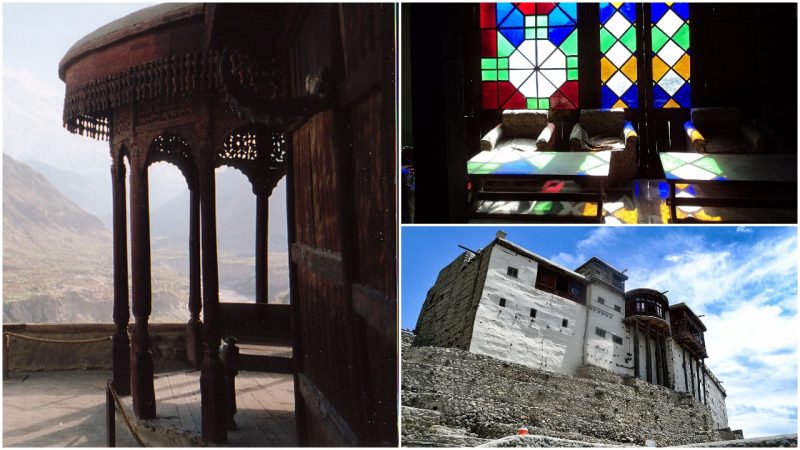Baltit Fort is an impressive ancient fort that lurks in the Hunza valley in northern Pakistan.
The foundations of the fort date back to 700 years ago, and for centuries the astounding site helped the Hunza feudal regime thrive.
The erection of the Baltit Fort relates to several small independent states that formed part of the history in the region. Among them, traditionally, Hunza and Nager were two rival states, and they were situated on opposite sides of the Hunza (Kanjut) river. With the purpose of consolidating their power, the leaders, known as Mirs, constructed various strongholds. The Baltit Fort emerged as one of the most compelling examples, and it belonged to a long line of Hunza rulers.
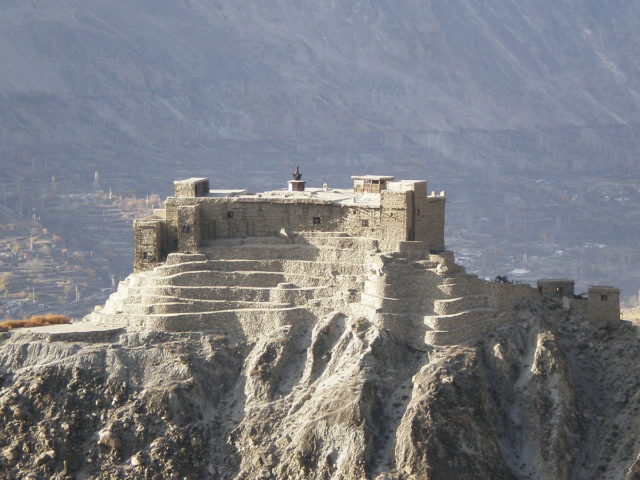
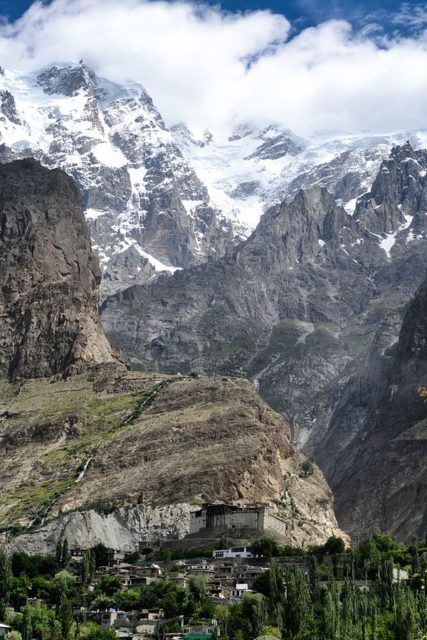
At first, all Hunza rulers resided in the nearby Altit Fort. The Baltit Fort was proclaimed capital of the Hunza state following a conflict in the ruling family. The quarrel involved two brothers, Shah Abbs and Ali Khan, which had made the older brother Shah to move to Baltit. Their conflict eventually resulted in the death of the younger brother, Ali Khan. After that, Shah shifted the seat of power to the Baltit Fort.
Throughout the centuries, the Baltit Fort faced many changes in its appearance. The first significant changes took place during the 15th century when the Mir Ayasho II married Princess Shah Khatoon, who came from Baltistan. The area borders India and is also known as Little Tibet. The Mir was influenced by the culture of that region, so he made alterations in the fort structure which clearly resembled the Tibetan style. Many followed his example and left their own authentic mark on the fortress.
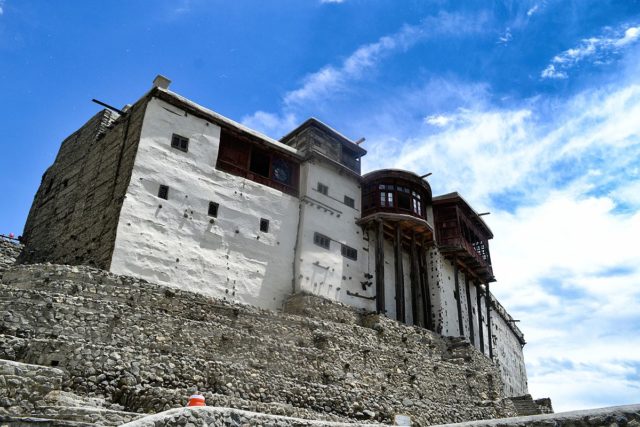

During the 19th century, the north of Pakistan lost many of these ancient forts due to constant attacks by the Maharaja of Kashmir, but the Baltit Fort remained unaffected. Once the British arrived, the fort faced some of the biggest alterations in its history. Upon the request of the British, the fortified wall and watch towers which encircled the old Baltit village were torn down, as well some of the fort’s watch towers. The ruler of that period, Safdarali Khan, fled to China, seeking asylum. Consequently, his younger brother Nazeem Khan was installed as ruler in late 1892.
Nazeem Khan made several major changes to the fort. He demolished a large number of the rooms and added new ones which were in the British colonial style, using a lime wash on the walls and colored glass panel windows. The site was officially inhabited until 1945. The last owner, Mir Muhammad Jamal Khan, moved to a new house during that year, and the Baltit Fort was left abandoned for decades after.
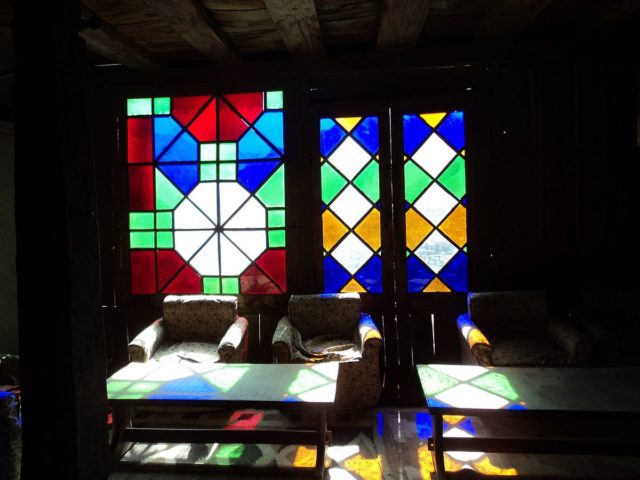
The ravages of time weakened the construction, and the site started to deteriorate. Its restoration started in the early 1990s and was finished in 1996 when it was reopened with a great ceremony.
Today, the Baltit Fort operates as a museum, run by the Baltit Heritage Trust; it has been on the UNESCO World Heritage Tentative list since 2004.
